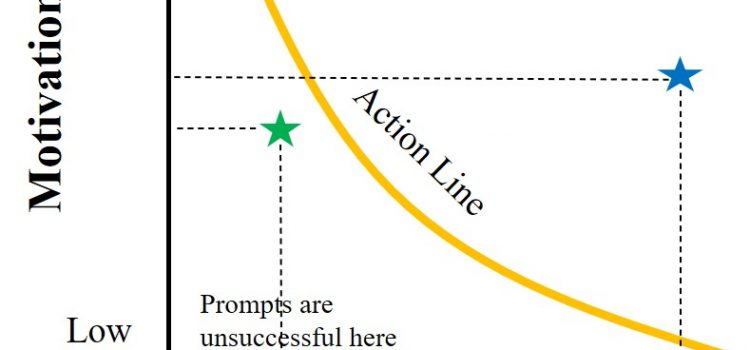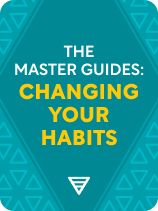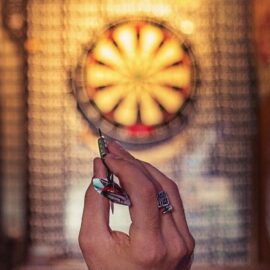

This article is an excerpt from the Shortform book guide to "The Master Guides: Changing Your Habits" by Shortform. Shortform has the world's best summaries and analyses of books you should be reading.
Like this article? Sign up for a free trial here.
What is the Fogg Behavior Model? What role does motivation play in forming habits?
In Tiny Habits, Stanford behavioral scientist BJ Fogg presents the Fogg Behavior Model. The model explains that habits form because of your motivation to perform the habit.
Below we’ll take a look at the psychology and science behind the Fogg Behavior Model.
The Fogg Behavior Model
Instead of viewing a habit as a routine that your brain executes automatically in response to a cue and in anticipation of an immediate reward, the Fogg Behavior Model postulates that you’ll perform a given action when your ability to do it multiplied by your motivation to do it exceeds a certain threshold.
For example, suppose you’re on a camping trip in central Idaho when for some reason you start thinking about donuts. To eat a donut, you would have to hike several miles back to your car, drive almost two hours back to the nearest town, and then find a bakery. So, most likely, you wouldn’t eat a donut because it’s just too difficult to get one—your ability to eat a donut is low right now. But, if you were extremely motivated to go find a donut, you could. Conversely, suppose you’re at a conference and there’s a box of donuts on a table with a sign that says, “Free—Take one.” Now, your ability to eat a donut is extremely high, so if you have any motivation at all to eat one, you probably will.
Fogg’s behavior model applies to all actions, not just habitual ones, but it can be used to explain habitual behavior.
In Fogg’s model, the cue (or prompt) of a habit is anything that alerts you to the possibility of performing a certain action. For example, if you have a habit of snacking to relieve stress, feeling stressed alerts you to the possibility of relieving your stress by snacking.
The more you do something, the better you get at doing it: in other words, your ability increases. And the more you crave something, or anticipate a reward for doing it, the greater your motivation to do it will be. Both of these factors increase the likelihood that your combined ability and motivation will be above the threshold and you’ll actually do the behavior whenever you have the opportunity to.
For example, if you’ve had a snacking habit for a long time, you probably have a good supply of snacks on hand. That increases your ability to snack because it makes it easier to access the snack food than if you had to go out and buy it first. And the stronger your cravings for snacks are, the more motivation you’ll have to snack.
Thus, the Fogg Behavior Model helps to explain how habits form: The more you do something, especially something with a built-in reward, the more likely you are to do it again.
Fogg’s Methods
BJ Fogg observes that your motivation, especially your motivation to change, tends to fluctuate over time and is difficult to control. Thus, applying his behavioral model, he recommends changing your behavior by manipulating your ability rather than your motivation.
So, if you want to start doing something regularly, find a way to make it so easy that you’ll always do it. For example, if you want to start working out regularly, maybe you begin with a workout routine that consists of doing one sit-up. As this behavior becomes ingrained and thus easier, you can expand your workout.
Similarly, if you want to stop doing something, try to make it harder to do. For example, if you want to quit eating junk food, start by throwing out all the junk food in your house. Then plan your route through the grocery store so that you would have to go out of your way to pick up any more junk food.
You can also find ways to make eliminating something easier by starting small. For example, if you’re trying to quit snacking on candy, maybe you start by eating one less piece of candy at every snack.

———End of Preview———
Like what you just read? Read the rest of the world's best book summary and analysis of Shortform's "The Master Guides: Changing Your Habits" at Shortform.
Here's what you'll find in our full The Master Guides: Changing Your Habits summary:
- How even the smallest habit improvements can have a big impact on your life
- Advice from the top five best-selling authors on changing your habits
- How to identify the behaviors that keep you stuck in the same patterns






